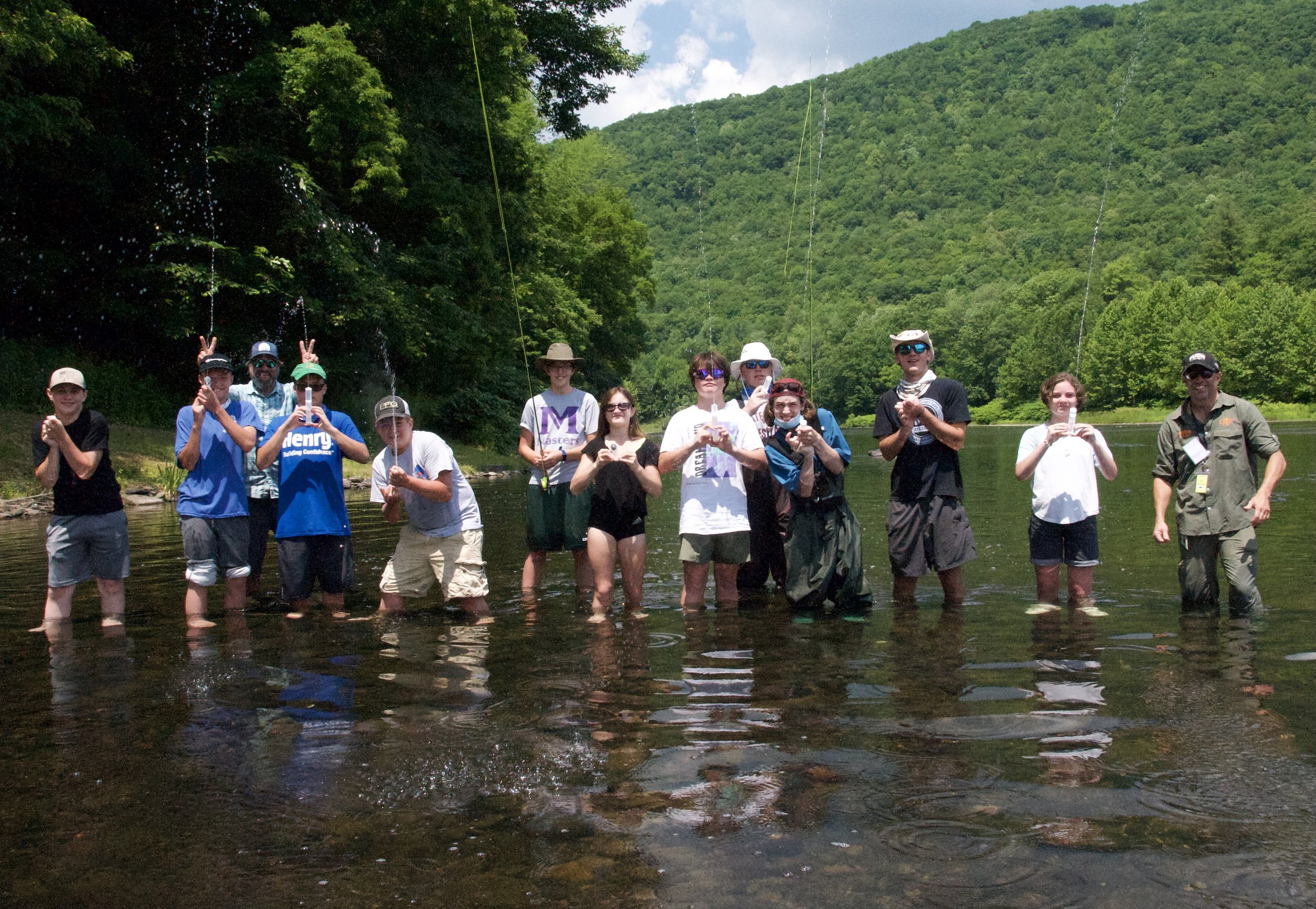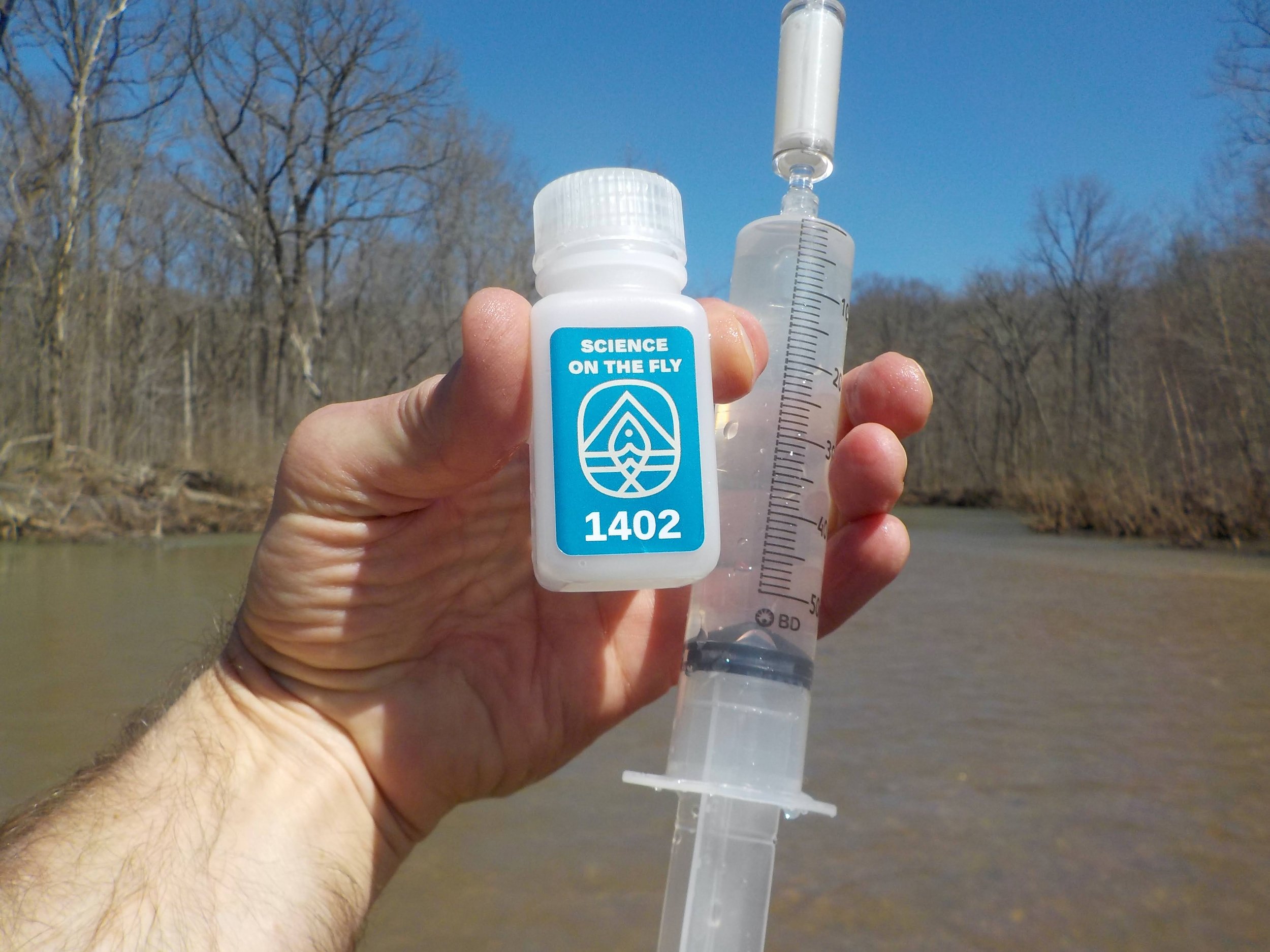The Role of Community Science in Protecting Our Rivers
Rivers are the lifeblood of our ecosystems, supporting biodiversity, providing clean drinking water, and sustaining recreational activities like fishing. Yet, many of our waterways face threats from pollution, climate change, and habitat degradation. Monitoring and protecting these vital resources requires extensive data collection—but with thousands of miles of rivers and limited resources, scientists cannot do it alone. This is where community science comes in.
What is Community Science?
Community science, sometimes called citizen science, is the practice of engaging everyday people in scientific research and data collection. By harnessing the collective power of volunteers, researchers can gather extensive data across diverse locations and over long periods—something that would be nearly impossible to achieve through traditional scientific methods alone. This collaborative approach allows for the detection of environmental changes that might otherwise go unnoticed, making it particularly impactful in conservation science.
Community Scientists Contributing to River Conservation
Community science extends beyond simple observation—people of all backgrounds play a vital role in protecting rivers. Everyday individuals who live, work, or spend time near waterways develop an intimate familiarity with these ecosystems, often detecting subtle changes that may go unnoticed by researchers who may visit a river periodically. A local resident might notice an unusual odor coming from a river, suggesting possible pollution. A farmer may observe shifts in seasonal water levels affecting irrigation. A teacher leading a student field trip could document the presence of litter or declining aquatic insect populations, signaling broader ecosystem changes. Farmers, indigenous communities, and local residents who live near rivers often have generational knowledge of water patterns, fish populations, and seasonal changes, making their contributions vital to long-term environmental monitoring.
Their contributions take many forms, including reporting pollution, supporting habitat restoration projects, and engaging in organized data collection efforts. Even small actions, like documenting seasonal changes in river flow or identifying unusual plant growth along riverbanks, enhance our understanding of watershed health. Schools and local organizations help engage students in scientific research, fostering environmental awareness and stewardship from an early age. Volunteers also participate in river clean-ups, restore habitats, and advocate for policies that protect waterways. Community scientists can can also help fill gaps in data by covering a wider range of geographic areas. Some community science programs often have volunteers return to the same locations often. This is important as they can document environmental changes that may go unnoticed by researchers with limited site visits. In turn, all this data and knowledge from community scientists can inform help in safeguarding the rivers.
How Community Science Can Help Protect Our Rivers
The river data collected by community scientists can inform and guide conservation efforts, environmental policies, and restoration projects that safeguard rivers for future generations. Community science can play a key role in protecting our rivers in several ways, including:
Monitoring Water Quality – Community Scientists collect data on parameters like water clarity, temperature, and pollutant levels, helping researchers track changes in river health. Tracking river health over time provides insight into environmental health and can guide conservation and policy.
Detecting Pollution – Observations of wastewater discharge events, chemical spills, trash, or even algal blooms can provide early warnings of environmental stressors and can inform local action.
Tracking Wildlife and Habitat Changes – Anglers and river-goers can report changes in fish populations, invasive species, and habitat loss and degradation, contributing to broader conservation efforts.
Providing Long-Term Data- Consistent data collection helps identify gradual shifts in trends- whether it be water quality, temperature, or seasonal variations in river flow. Over years or even decades, these records become invaluable for detecting the impacts of climate change, pollution, and habitat loss, offering researchers and stakeholders a more complete picture of long-term river health.
Whether through formal data collection programs or informal observations, every contribution builds a more comprehensive picture of our rivers' health. By working together, community scientists provide crucial information that helps researchers, policymakers, and conservationists safeguard freshwater ecosystems for future generations.
Science on the Fly & Cape Cod Rivers Observatory: Two Models of Community-Driven Research
Two river projects leading the way in community science relating to climate research are Science on the Fly and the Cape Cod Rivers Observatory, both affiliated with Woodwell Climate Research Center.
Jeffrey Gabel collects a water sample on his river in Missouri for Science on the Fly.
By engaging fly-fishing enthusiasts across the globe, Science on the Fly empowers anglers to act as community scientists to collect water samples and record environmental observations during their time on the water. Volunteers measure key water quality indicators such as nutrients and temperature, providing essential data to researchers studying the effects of climate change on freshwater ecosystems. By consistently monitoring these conditions, Science on the Fly community scientists contribute to long-term datasets that help identify environmental and climate trends. But the project doesn’t stop there. These data are then used to inform conservation and policy strategies. In areas that are remote or difficult to access, this new river data collection effort is establishing baseline data for the watershed, which will be crucial for future monitoring and management. Additionally, Science on the Fly also collaborates with other organizations conducting river research in key areas like dam removal and aquatic biology, amplifying the impact of the data.
Similarly, the Cape Cod Rivers Observatory focuses on monitoring the health of waterways across Cape Cod, where rivers and estuaries face unique challenges from pollution and climate change. Local volunteers collect water quality data, helping scientists track long-term trends and identify emerging environmental threats. Their work provides crucial insights into the impacts of human activity on fragile coastal watersheds. Like Science on the Fly, these data sets are used to inform policy to better protect our waterways.
Both initiatives demonstrate the power of community-driven research and highlight how local knowledge can enhance scientific understanding, conservation efforts, and better inform policy. By involving volunteers who already have a strong connection to their waterways, these programs make scientific research accessible while fostering a deeper commitment to environmental stewardship.
A Future Built on Collective Action
Protecting our rivers is a shared responsibility. Through community science, we can unite people from all walks of life to monitor and safeguard our waterways, ensuring that future generations inherit clean and healthy ecosystems. Whether you live near a river, work in conservation, or simply care about the environment, your contributions can make a real difference.
By supporting initiatives like Science on the Fly and other local conservation efforts, we can transform everyday river outings into meaningful action. Every observation counts in the fight to protect our rivers.
Science on the Fly relies on generous support from individuals, foundations, corporate partners, and government grants to continue our vital work monitoring and protecting rivers. If you'd like to help sustain this effort, consider making a donation or reaching out to us at rivers@scienceonthefly.org. Every contribution makes a difference in safeguarding the future of our waterways!



